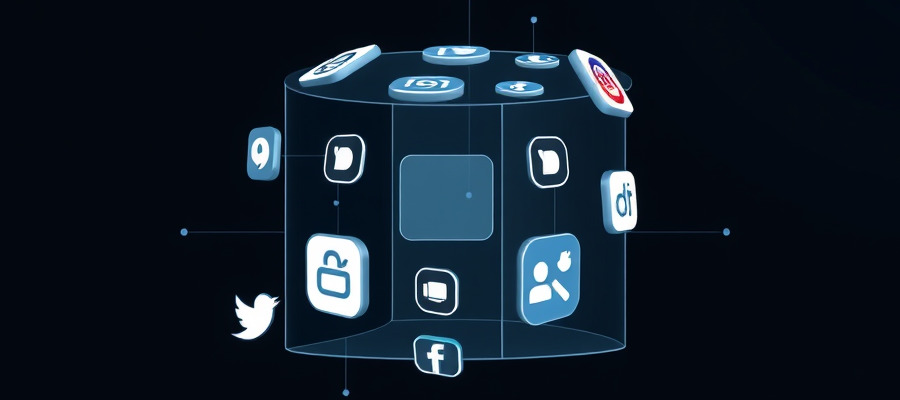Automating Google Ads for Better ROI
Set up smart bidding and ad optimizations without manual work.

Automating Google Ads for Better ROI
Are you spending countless hours managing your Google Ads campaigns? Feeling overwhelmed by the constant tweaking and adjustments needed to optimize your return on investment (ROI)? Automating your Google Ads can significantly improve efficiency and boost your bottom line. This guide explores different automation strategies to help you achieve a better ROI.
The Power of Google Ads Automation
Google Ads automation leverages advanced technologies like machine learning to handle many of the routine tasks associated with managing your campaigns. This frees up your time to focus on strategic initiatives, while simultaneously improving campaign performance. The benefits include:
- Increased Efficiency: Automate repetitive tasks like bidding, keyword management, and ad scheduling.
- Improved ROI: Machine learning algorithms continuously optimize your campaigns for better results.
- Reduced Costs: Optimize your budget allocation and avoid wasted ad spend.
- Data-Driven Decisions: Access detailed performance data to make informed choices.
- Scalability: Easily manage larger and more complex campaigns without needing extra manpower.
Key Automation Strategies for Google Ads
Several Google Ads features allow for efficient automation. Here are some of the most impactful:
1. Smart Bidding
Smart Bidding uses machine learning to automate your bidding strategy. Google’s algorithms analyze a vast amount of data to determine the optimal bid for each auction, maximizing conversions or maximizing conversion value. Choose the strategy that aligns best with your goals.
2. Automated Rules
Automated rules enable you to create automated actions based on specific campaign performance metrics. For example, you can set rules to:
- Pause underperforming keywords.
- Increase bids for high-converting keywords.
- Adjust budgets based on daily performance.
- Create and manage different bid adjustments for targeting options like device and location.
3. Google Ads Scripts
For advanced automation, consider using Google Ads Scripts. These are custom JavaScript scripts that perform complex tasks beyond the capabilities of built-in automation features. They offer unparalleled control and flexibility, and you can use them to:
- Automate reporting and data analysis.
- Optimize campaign settings based on custom algorithms.
- Integrate Google Ads with other marketing platforms.
Access more information about Google Ads Scripts.
4. Third-Party Tools
Numerous third-party tools integrate with Google Ads, offering advanced automation features. These platforms often provide features like:
- Automated keyword research and management
- Advanced performance analysis and reporting
- Campaign optimization suggestions
- Cross-channel campaign management
Research different tools to find the best fit for your needs. Be sure to carefully evaluate features, pricing, and integration capabilities before committing.
Getting Started with Google Ads Automation
Begin by identifying the areas of your Google Ads campaigns that are most time-consuming or require the most manual intervention. Start small and gradually implement more automation. For instance, migrate to Smart Bidding first, then add automated rules to target specific improvements. Always monitor the performance closely, automation isn’t set-it-and-forget-it. it requires ongoing review and adjustments.
By adopting these automation strategies, you can streamline your workflow, improve your Google Ads performance, and ultimately achieve a better return on your investment. Remember to leverage Google’s extensive help documentation and explore third-party solutions to discover automation opportunities for your unique campaign structure and business objectives.



